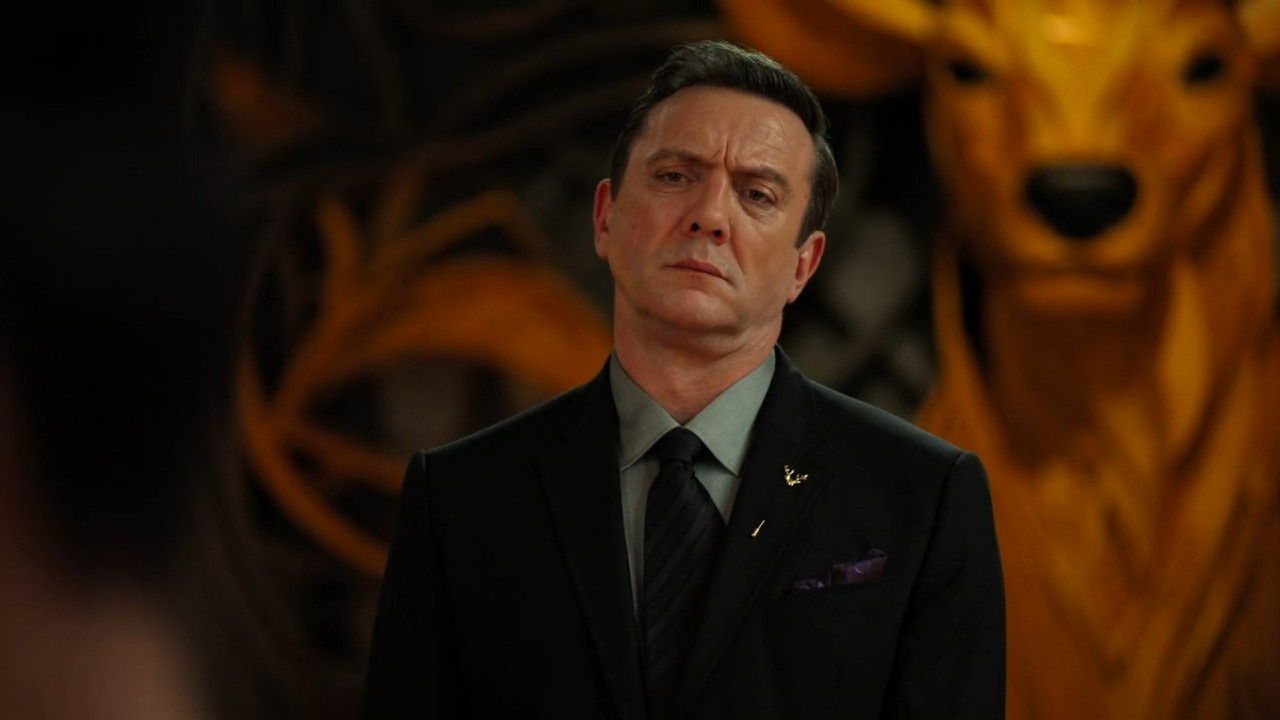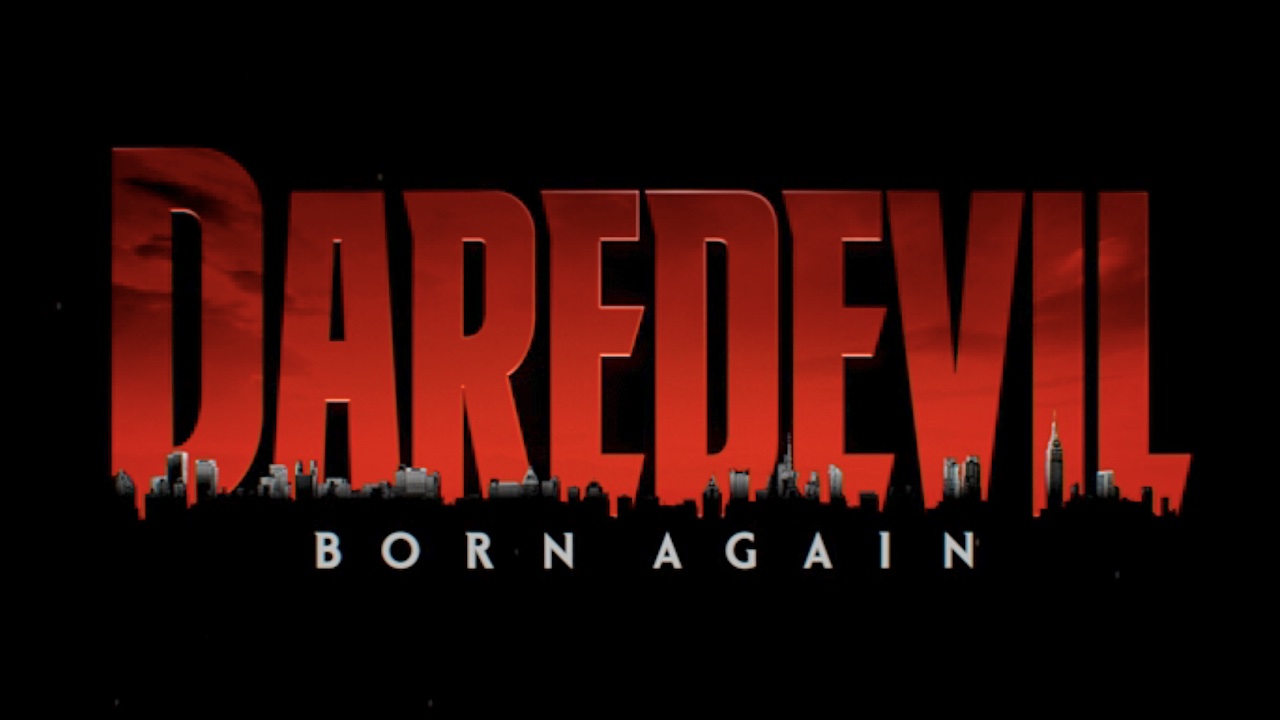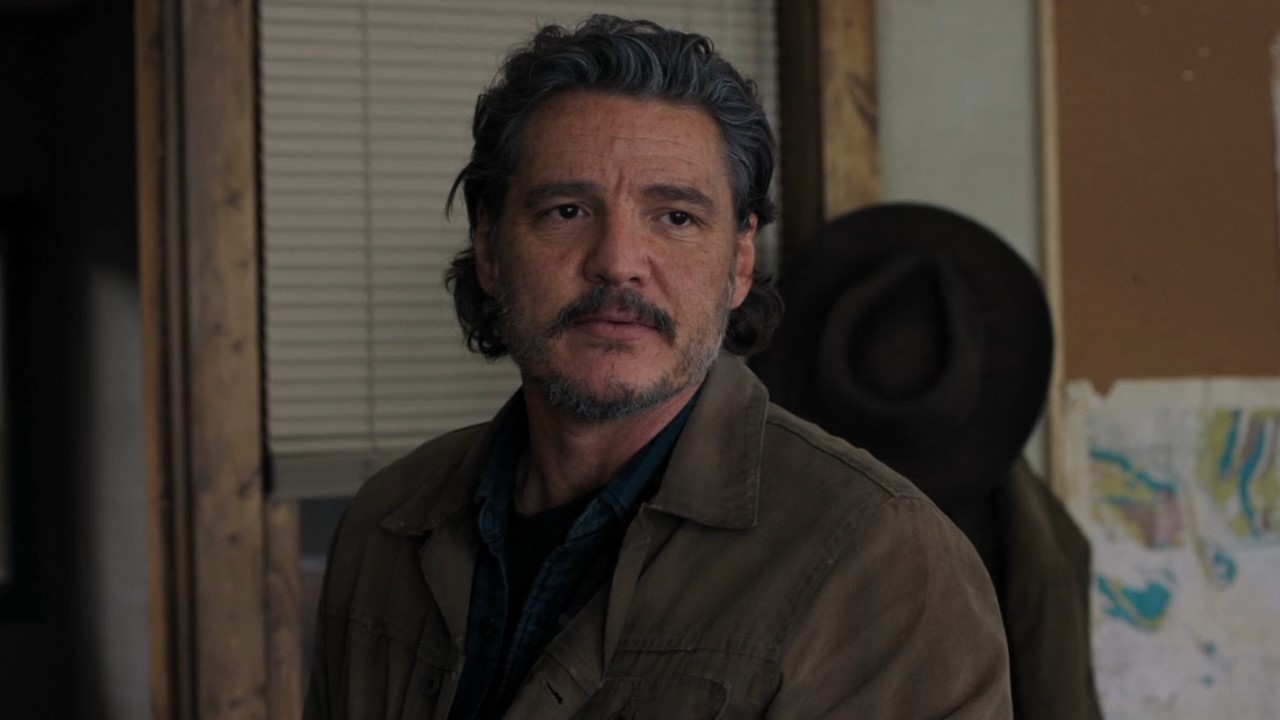Morbius Ending Explained: How The Origin Movie Sets Up The Future For The Living Vampire
Spoiler warning!
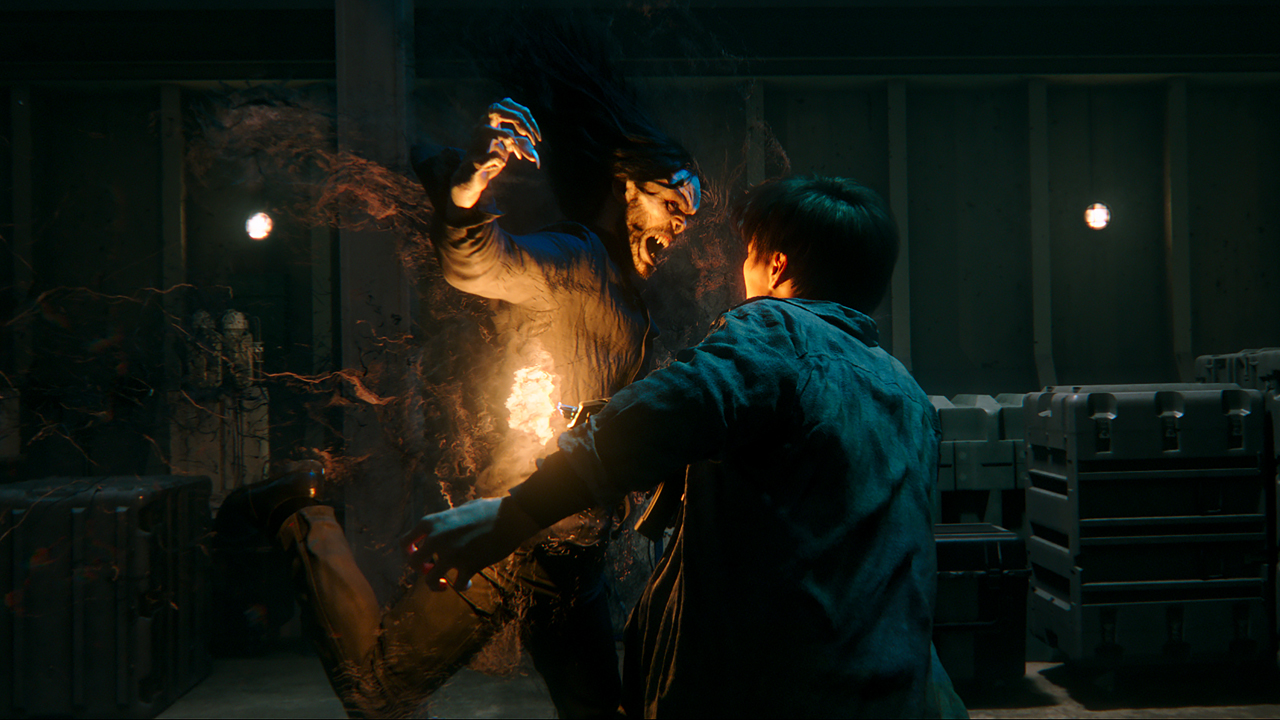
SPOILER WARNING: The following feature contains massive spoilers for Morbius. If you have not yet seen the film, proceed at your own risk!
To compete with all of the other superhero franchises in Hollywood right now, Sony's Spider-Man Universe is working on building a foundation. It started with the two Venom movies, but now the name of the game is expansion, and that’s where Morbius comes in. Starring Jared Leto, Matt Smith, Adria Arjona, Tyrese Gibson, and Al Madrigal, the movie is now the third feature in the shared canon, and it sports a conclusion that clearly indicates plans to develop sequels and further establish the titular anti-hero.
Discussion of the two stinger scenes in the film can be found in our end credits scenes explainer; here you’ll find a recap of what actually plays out in the third act of the movie, and dig into what the Morbius ending could mean for a sequel and the canon at large. To start, let’s do a bit of a refresher on what actually happens at the end of the story…

What Happens At The End Of Morbius
The third act action of Morbius kicks off when Dr. Michael Morbius gets a call from Dr. Nicholas, who is clearly on the edge of death. The living vampire saunters over to Milo’s apartment, and arrives just in time to witness his father figure’s final breaths and receive the whispered message, “You have to stop him.”
Not only has Milo killed Dr. Nicholas, but he has kidnapped Dr. Martine Bancroft, and is holding her hostage on a rooftop. Morbius uses his ill-defined echolocation ability to find them, and then flies to their location. He is too late, however, as Milo slits her throat. The living vampire kisses her, and she bites his lip – swallowing some of his blood. Her last words are for Morbius to, “make it mean something,” and as she dies the protagonist drains her blood.
Milo slashes at Morbius and the two monsters tumble off the roof and down literally through the street below, ending up in some kind of vast underground cavern. As Milo stands around basking in his own ego, the eponymous character reveals a new power not previously established: creating vibrations that summon bats. Thousands of the flying rodents come swooping in, and while the villain has the same DNA as the film’s hero, they apparently don’t view him the “brother” they see Morbius as.
While the fuzzy creatures swarm around, Morbius uses it as a distraction so that he can launch himself at Milo and inject him with the special serum he created that would kill both a vampire bat and a human. The antagonist recounts childhood memories, such as the fact that Morbius gave him the name “Milo,” and then he dies.
CINEMABLEND NEWSLETTER
Your Daily Blend of Entertainment News
Above ground, Agent Stroud and Agent Rodriguez are on the scene, and witness a flurry of bats fly up from the whole in the street – Morbius flying among them. Dr. Bancroft violently wakes up, and the lead character flies in the sky above New York City as the title card splashes on screen.

What Does The Ending Mean For Dr. Martine Bancroft?
With Morbius being an origin movie, a significant amount of runtime is dedicated to establishing the titular character’s special abilities and how his powers work. He can fly, summon bats, and use echolocation, and he has enhanced speed and strength. As we learn in the final seconds of the film, he evidently also has the ability to bring people back from the dead/turn others into vampires.
Based on what’s presented, it seems that vampires in Sony's Spider-Man Universe follow somewhat traditional rules, which is to say that a person is transformed when they both imbibe the blood of a vampire and are drained themselves. Considering that Morbius is a “living vampire” and not a magical monster, there isn’t a whole lot of logic in it, but it’s best not to dissect it too thoroughly. The bottom line is Dr. Martine Bancroft appears to be a blood-sucker of the undead variety now, opening the door for Adria Arjona to return in a potential Morbius 2.
Dr. Bancroft being transformed into a vampire has comic book precedence, but Morbius isn’t the one who turns her (it’s actually done as a means of torturing him). How she will respond to being a monster will be something that the sequel has to determine – either turning her into another anti-hero who fights with the living vampire, or another villain he has to destroy.
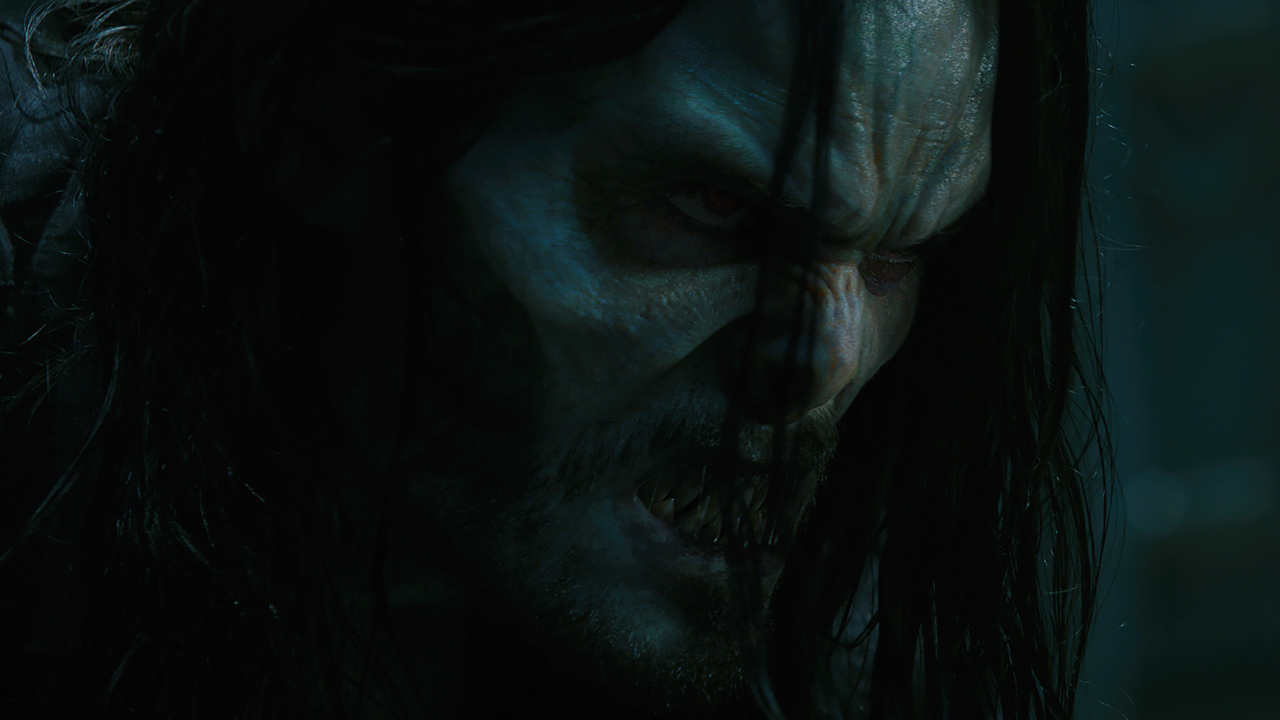
Where Michael Morbius Is Left At The End Of The Movie
Most blockbusters tend to feature a kind of cinematic epilogue that gives you a sense of where all of the characters are mentally and physically in the aftermath of the Big Fight Sequence, but Morbius doesn’t play that game (one of many issues the film has). Less than five minutes after Milo dies, the credits are rolling, and audiences get non-sequitur/nonsensical coda sequences featuring Michael Keaton’s Adrian Toomes a.k.a. Vulture instead of any kind of legitimate conclusion for the main character.
So let’s pick up the pieces ourselves, shall we? For starters, Morbius is still a wanted criminal, pursued by the FBI for being a danger to society and killing a literal boatload of mercenaries (it’s also very likely that the murders committed by Milo will be pinned on him as well). Dr. Nicholas is dead, so he doesn’t have anybody he considers family, and the movie doesn’t feature him having any kind of social life, so it seems fair to assume that he doesn’t have any friends (and he thinks Dr. Bancroft is dead). He’s just a wanted, sad, lonely man whose ability to stave off the feral vampire inside him is quickly slipping away as the artificial blood he drinks gets less and less effective.
Pretty much the only thing Morbius has going for him at the end of his first solo film is the lab that he stole from that group of criminal counterfeiters, which he can presumably use to continue his experiments and perhaps create more artificial blood (for whatever good it does). Other than that, his life pretty much sucks – which I suppose explains why he would be eager to have a new friend in Adrian Toomes.
After multiple delays, Morbius is now playing in theaters nationwide. To learn what’s ahead in the movie world for what’s left of the year – including features playing both on the big screen and on streaming – head on over to our 2022 Movie Release Calendar.

Eric Eisenberg is the Assistant Managing Editor at CinemaBlend. After graduating Boston University and earning a bachelor’s degree in journalism, he took a part-time job as a staff writer for CinemaBlend, and after six months was offered the opportunity to move to Los Angeles and take on a newly created West Coast Editor position. Over a decade later, he's continuing to advance his interests and expertise. In addition to conducting filmmaker interviews and contributing to the news and feature content of the site, Eric also oversees the Movie Reviews section, writes the the weekend box office report (published Sundays), and is the site's resident Stephen King expert. He has two King-related columns.

